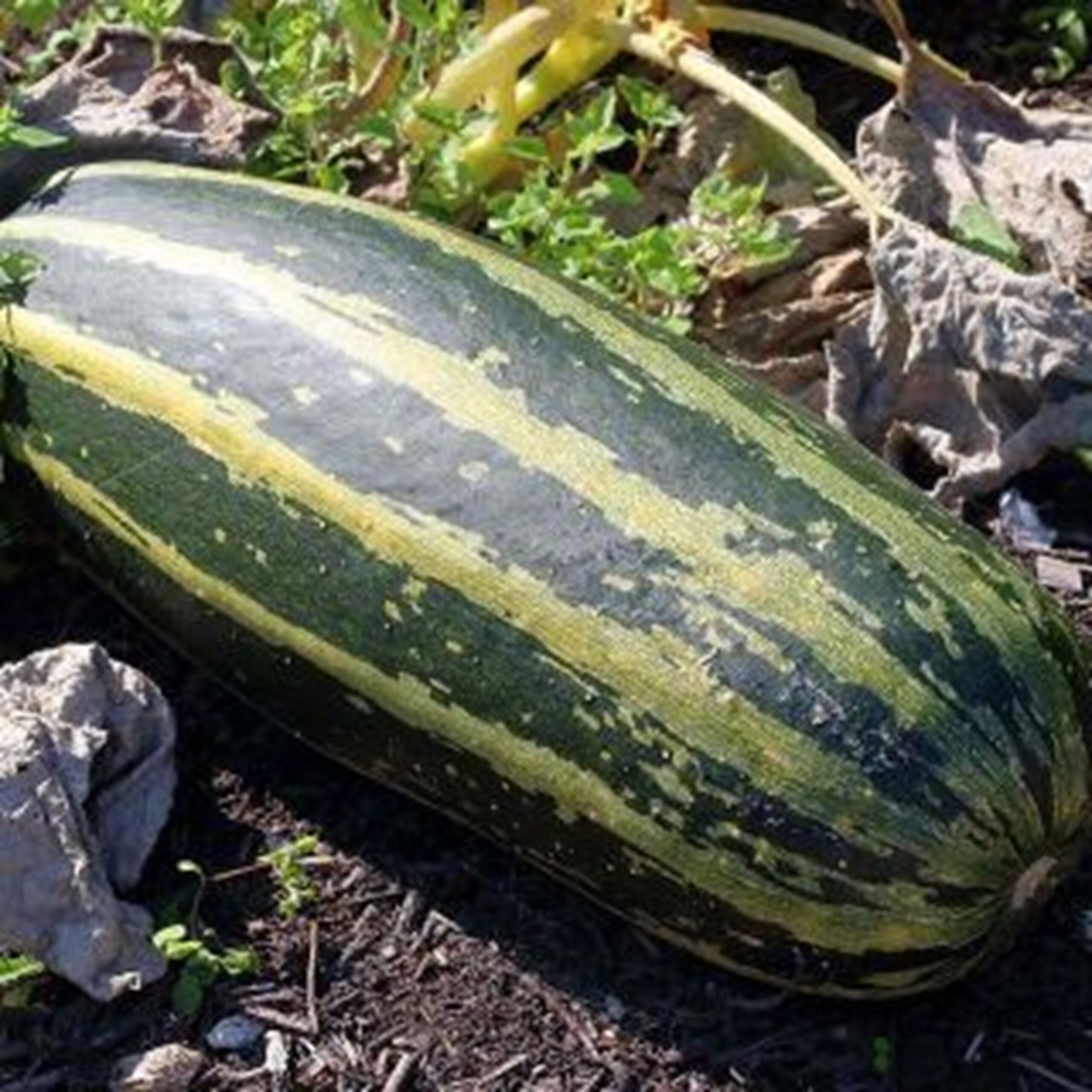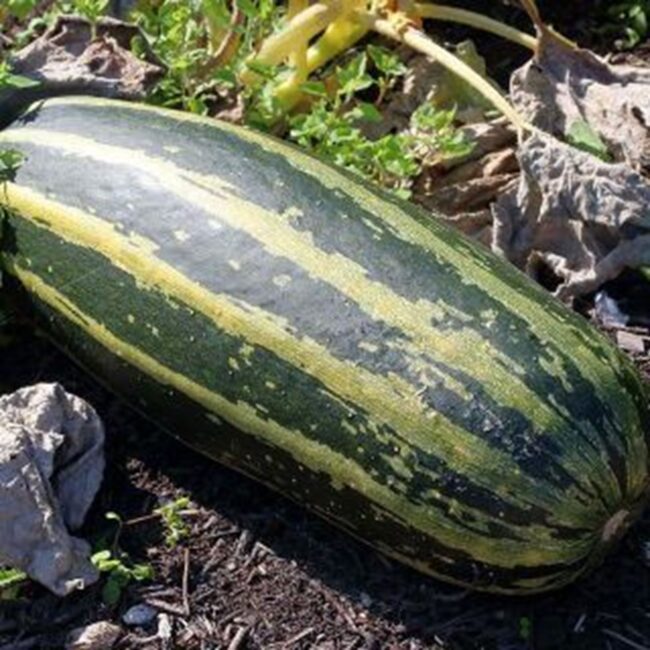A long ignored vegetable, the marrow a versatile and delicious vegetable that thrives in the UK’s climate. Marrow, with its mild flavour and creamy texture, is a delightful addition to your garden and your kitchen. In this blog post, we’ll explore how to grow it, how we get you cooking marrow, and touch on the fantastic health benefits it offers.
Growing Marrow
Marrow, often overlooked in favour of its close cousin, the courgette, is a rewarding vegetable to grow in the UK. Here’s a guide to get you started:
- Varieties: Choose from various marrow varieties, such as ‘Long Green Bush’ or ‘Tiger Cross.’ Each has its unique taste and texture, so experiment to find your favourite.
- Soil and Location: Marrows thrive in well-drained soil rich in organic matter. Choose a sunny spot in your garden for planting, as they love the warmth.
- Sowing Seeds: Marrow seeds can be sown directly into the ground in late spring or early summer when the soil has warmed up. Plant them in rows or mounds, leaving plenty of space between each seedling.
- Watering: Keep the soil consistently moist, especially during dry spells. A deep watering once or twice a week should suffice.
- Thinning: Once the seedlings are a few inches tall, thin them out, leaving the strongest plants to grow. Proper spacing ensures healthy growth and better airflow.
- Support: As the plants grow, consider providing support for the developing marrows using stakes or trellises.
- Harvesting: Marrows are usually ready to be harvested in late summer to early autumn. Pick them when they are still small and tender, about 15-20cm (6-8 inches) in length, for the best flavour and texture.
Health Benefits of Marrow
Marrow is not only a tasty addition to your dishes but also offers several health benefits:
- Low in Calories: Marrow is low in calories, making it a great choice for those watching their weight.
- Rich in Fibre: It’s a good source of dietary fibre, aiding in digestion and promoting a feeling of fullness.
- Vitamins and Minerals: Marrow is packed with essential vitamins and minerals, including vitamin C, vitamin A, and potassium, which contribute to overall well-being.
- Antioxidants: Its high content of antioxidants helps combat free radicals and reduce the risk of chronic diseases.
Cooking with Marrow
Now that you’ve successfully grown your marrow, let’s explore some delicious ways to enjoy it in your meals:
- Stuffed Marrow: Hollow out the marrow and stuff it with a tasty mixture of minced meat, rice, vegetables, and herbs. Bake until tender and golden brown.
- Marrow Soup: Make a creamy and comforting marrow soup by simmering it with onions, garlic, and vegetable broth. Blend until smooth and season to taste.
- Marrow Fritters: Grate the marrow and mix it with flour, eggs, and seasonings to create delicious fritters. Fry until golden brown and serve with a dipping sauce.
- Roasted Marrow: Toss marrow slices with olive oil, herbs, and your choice of seasonings. Roast until caramelised and tender for a simple side dish.
Growing and cooking seasonal marrow in the UK is a delightful journey from garden to plate. This versatile vegetable not only adds flavour and nutrition to your dishes but also offers various health benefits. So, whether you’re enjoying it stuffed, in soups, or as crispy fritters, remember that marrow is a fantastic way to enhance your culinary adventures while nourishing your body. Happy gardening and bon appétit!

